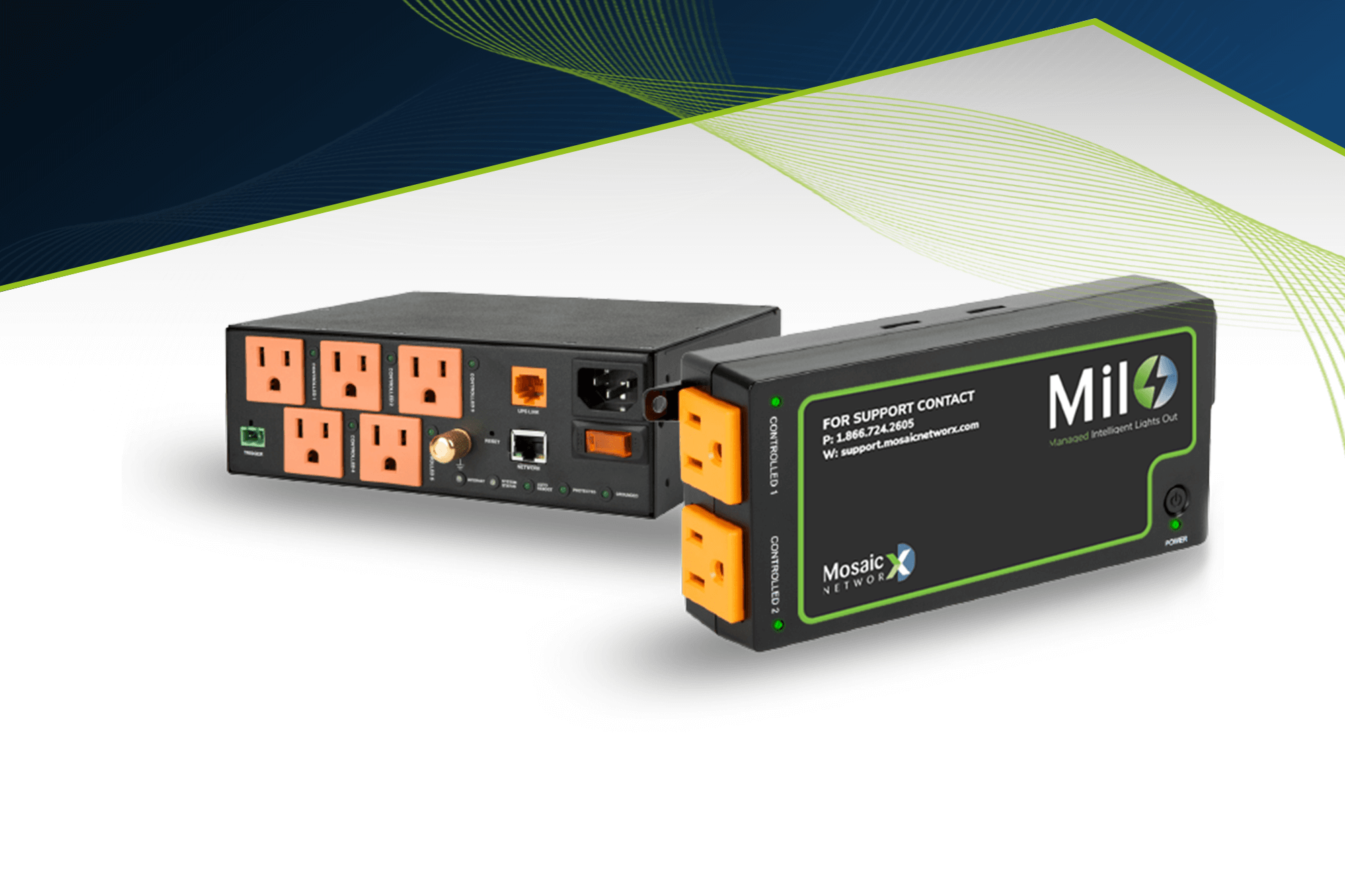
We all know the riddle; which came first, the chicken or the egg? The comical conundrum leaves us laughing, and with no clear starting point. But, when it comes to protecting our business assets, there should be no such confusion. We know there is a clear starting point, and a cybersecurity plan needs to be in place, to minimize potential cyber threats.
Without a cybersecurity plan, your company will be in reactive mode when a breach occurs. If you lack a plan with corrective measures to mitigate a breach, your business will incur its full impact. First, identifying the type of breach that has occurred, such as malware, ransomware, or DDoS is essential. Then, depending on the breach type, multiple decisions must be made. For example, if the breach was ransomware, should your company pay the ransom to unlock your systems? Do you call the authorities?
With a cybersecurity plan in place, companies can quickly identify a breach and close the door. Having a response narrative that speaks to your employees, business partners, and regulators is essential in getting in front of the flow of information resulting from the breach. The spread of rumors regarding a breach can be disastrous and may prohibit you from controlling the narrative.
An effective security solution includes managed threat intelligence that continuously monitors information coming into the network, and measures the flow of information in events per second. Then analysis is conducted on the information, to determine whether there are anomalies, or if it is an appropriate business transaction that took place. A plan that includes threat monitoring and rapid response, will vastly diminish the likelihood of a breach.
If your company is breached, and you don’t have a comprehensive cybersecurity plan, immediately notify a professional security company to shore up the attack, and then put a plan in place. This is accomplished by assessing the breach, and conducting forensics to determine how and where the breach occurred. If your company is breached, it can impact your entire supply chain. A plan going forward will include a rapid response regimen, including a public relations response that is already crafted, to address the concerns of customers, partners, and employees. Why is this necessary? Because your company has an obligation to notify them.
While cybersecurity can be a very complicated undertaking, employing the following steps can get you far along the way to cyber resiliency.
There are five steps to crafting cyber resiliency and a rapid response regimen:
- Cybersecurity Risk Assessment
- Security Remediation
- Security Vulnerability User Awareness
- PCI Compliance
- Managed Detection and Response
If you are interested in learning more about what to do if your company is breached, click here to get our – 5 Steps to a Successful Cybersecurity Program – White Paper.






